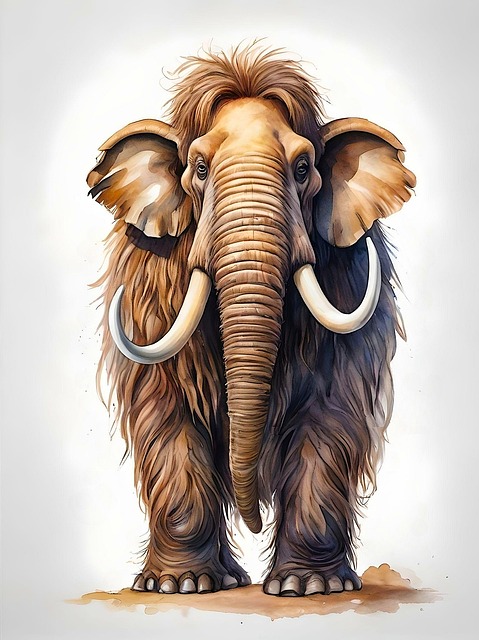A company aiming to bring extinct animals back from the dead said it has taken an elephant-sized step toward genetically resurrecting the woolly mammoth, a wild if contentious goal to repopulate the Arctic tundra with a missing titan.
During the last ice age, the woolly mammoth owned the top of the world, plodding across Eurasia and North America and as far south as the modern-day Midwest.
As the creatures died out 4,000 years ago, some carcasses froze over in icy tundra that preserved not only their bones but also their flesh and fur, giving paleontologists the chance to collect DNA fragments. Some mammoth meat was so well kept that at least one adventurous researcher has eaten it.
By 2015, scientists sequenced its genetic blueprint well enough to offer a potential manual for remaking a mammoth. But to test what exactly each of these genes do — which give the beast their curved tusks, fatty build and, of course, thick fur — Church wants elephant stem cells in which he could engineer mammoth DNA and grow tissue samples.
The long-term goal is to create a living, walking elephant-mammoth hybrid that would be visually indistinguishable from its extinct forerunner and — if released into its natural habitat in sufficient numbers — could potentially help restore the fragile Arctic tundra ecosystem.
Resurrecting the extinct species has been a pet project of Harvard University geneticist George Church for more than a decade. The plan gained traction in February 2021 when Church cofounded Dallas-based Colossal Biosciences with entrepreneur Ben Lamm and received an infusion of cash and an ensuing glare of publicity later that year.
Scientists want to use the latest cloning and gene techniques to manipulate stem cells. They hope to one day create an elephant with the key traits of a woolly mammoth. For example, an elephant with heavy coats of fur and multiple layers of fat to keep them warm in cold environments. Scientists aren’t looking for the perfect clone of a mammoth. There are some traits they want the newly cloned beast to have that the mammoth didn’t. Like we want them to be resistant to the herpesvirus that is causing a huge fraction of infant elephants to die.
